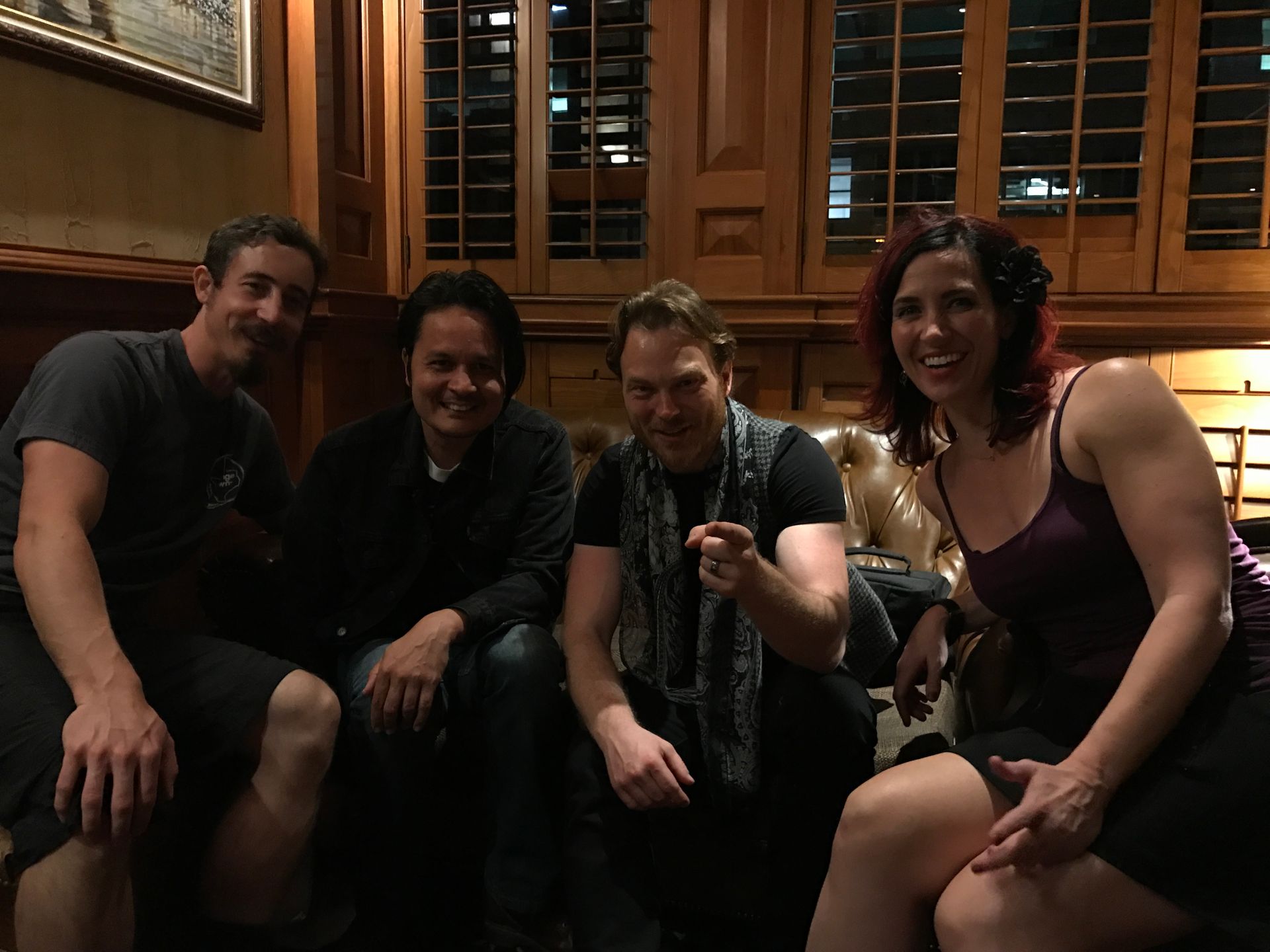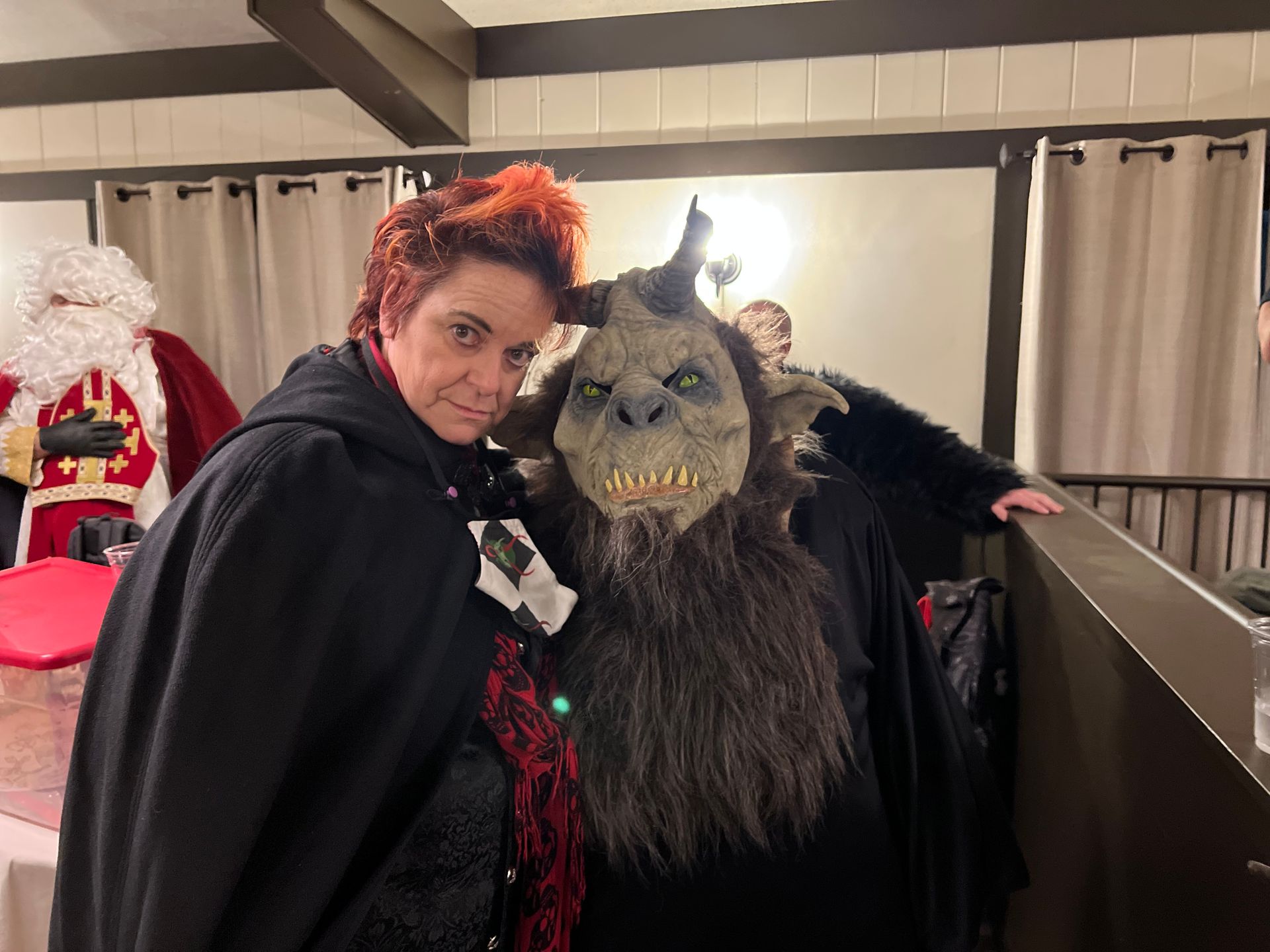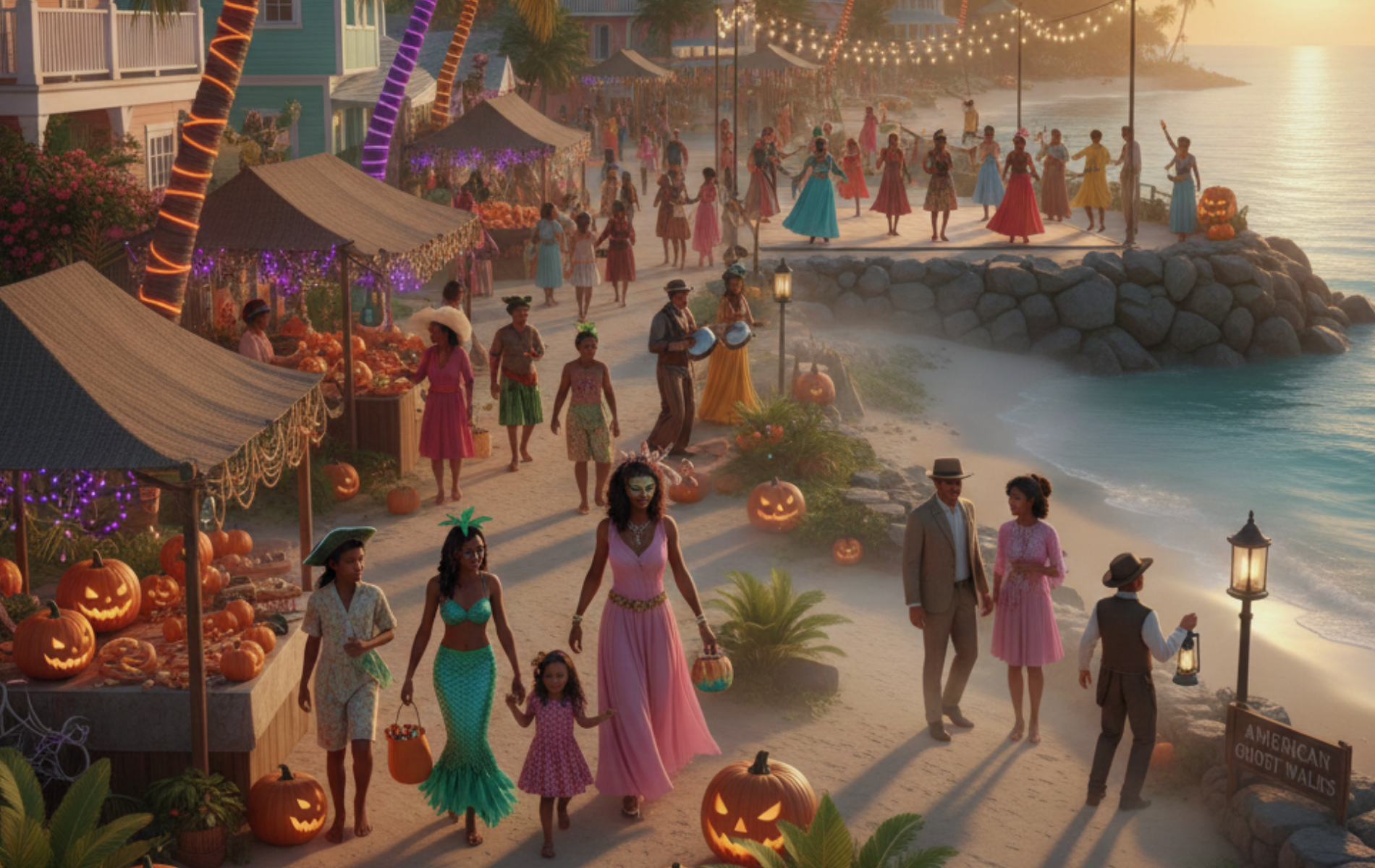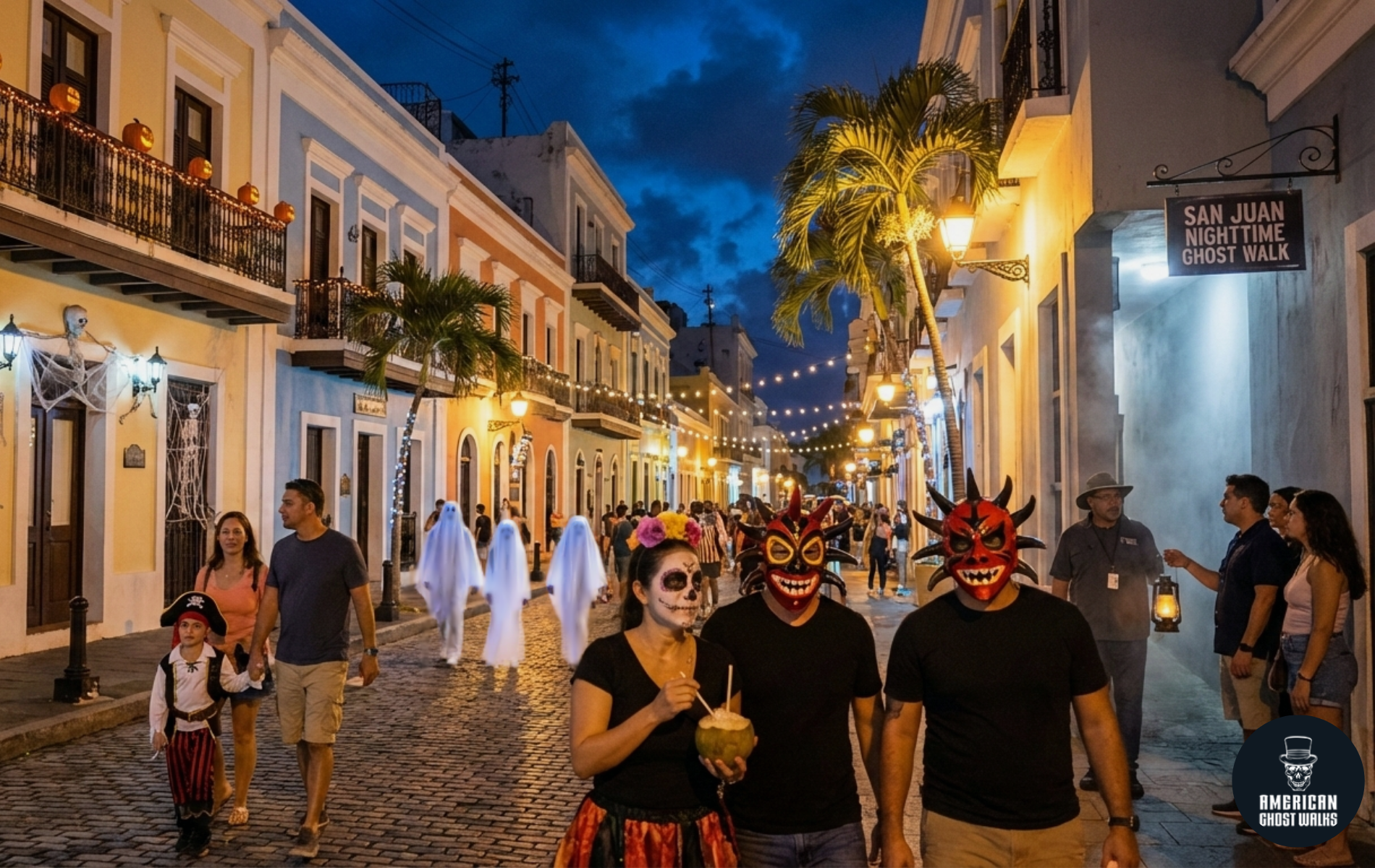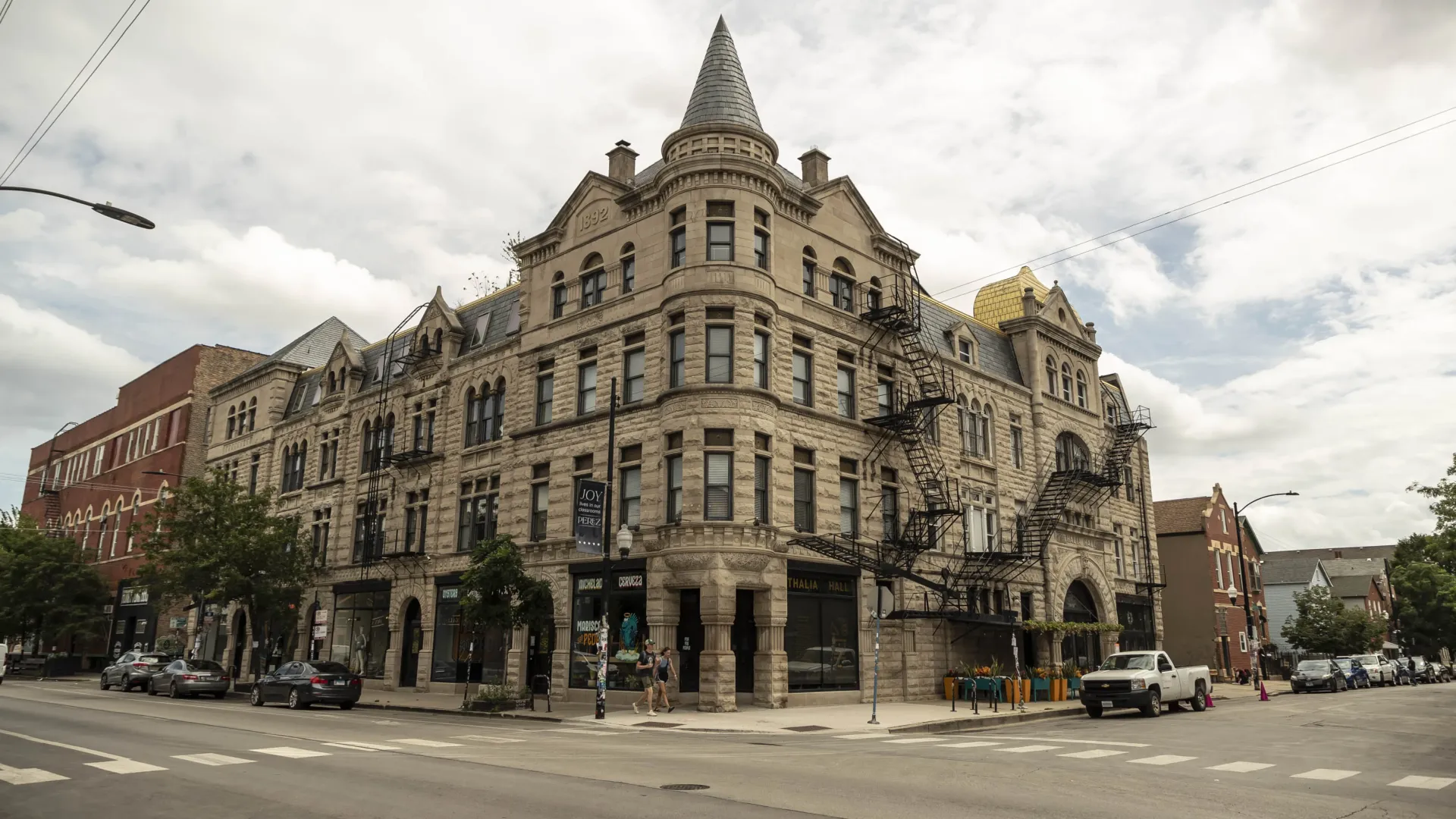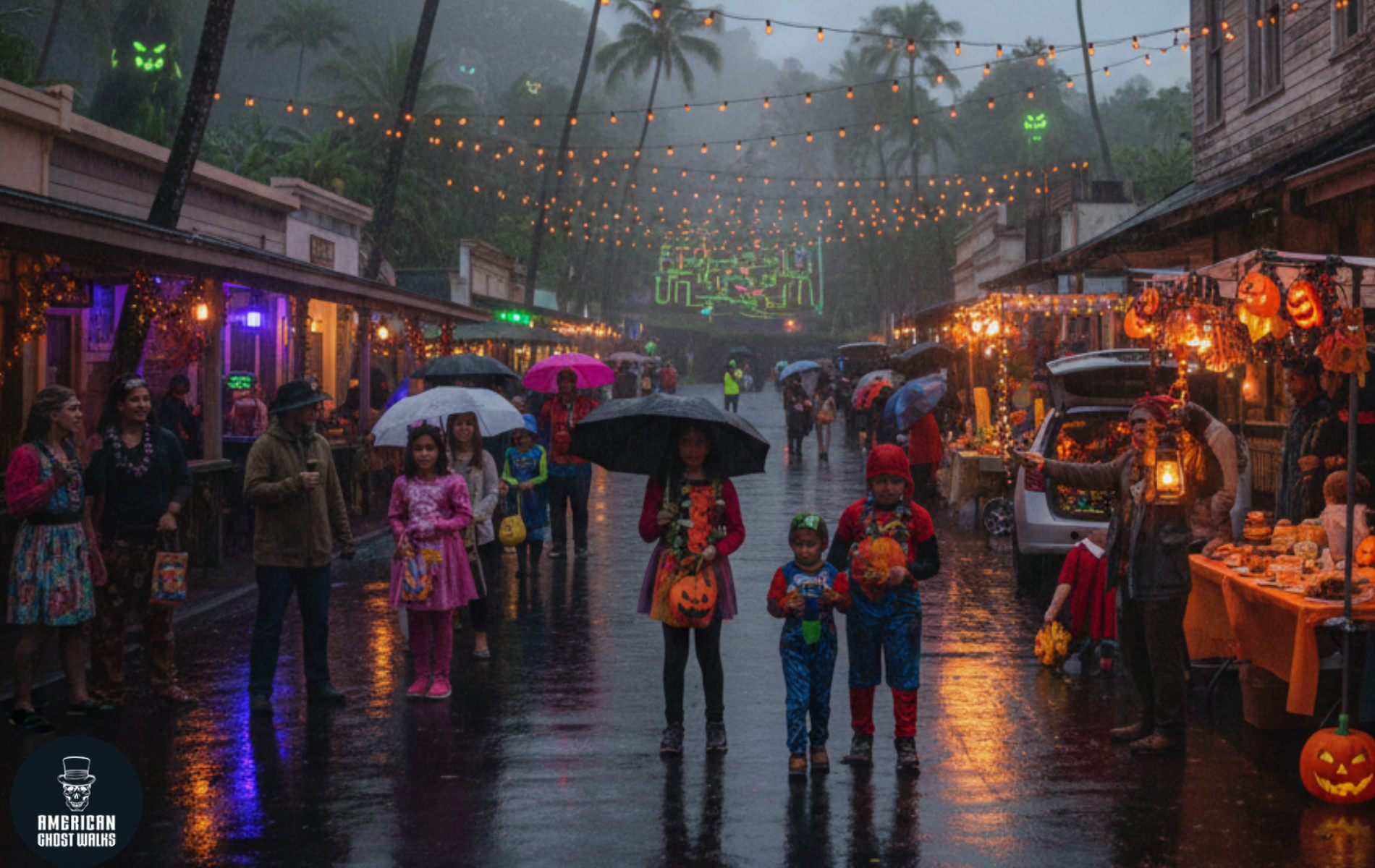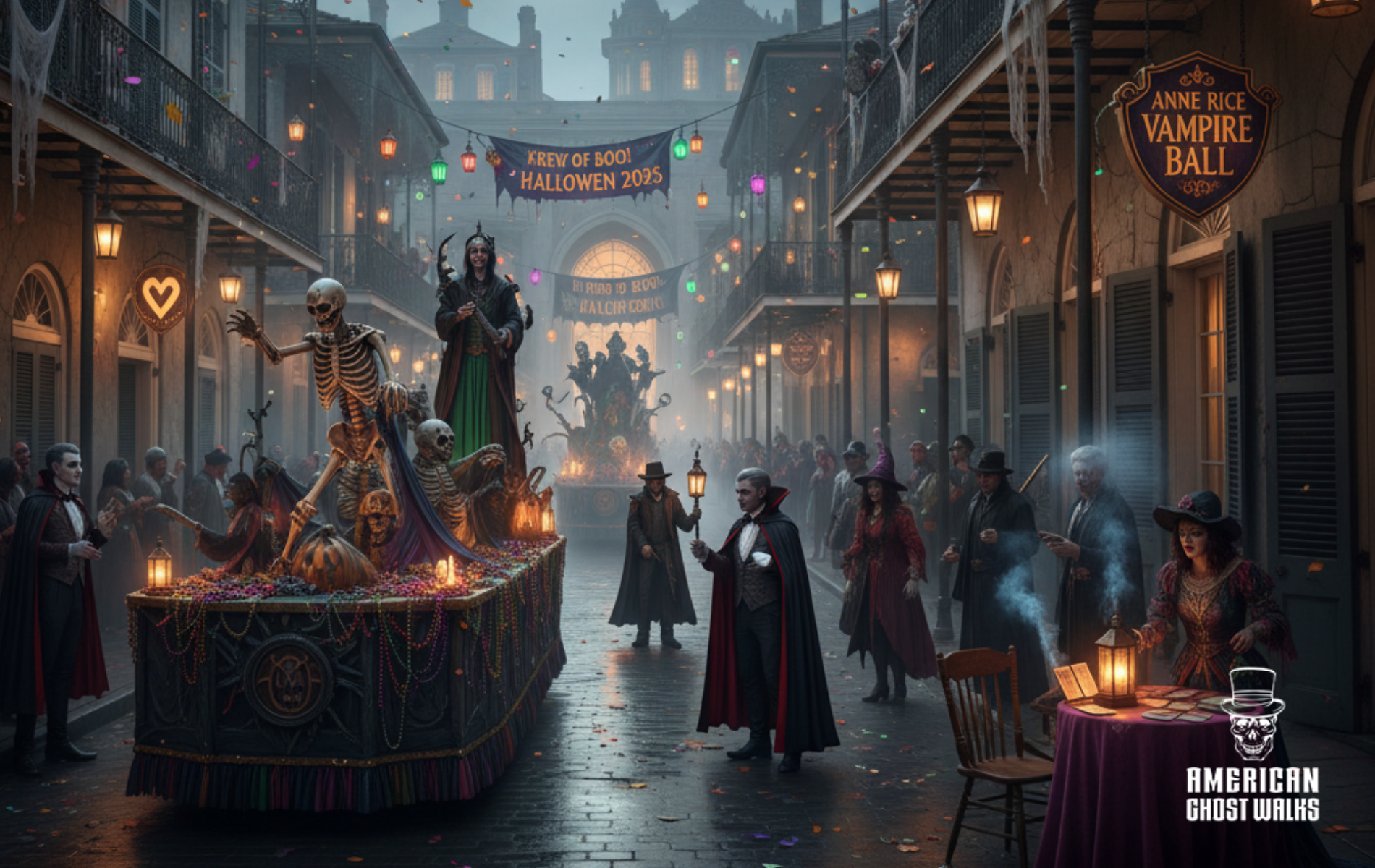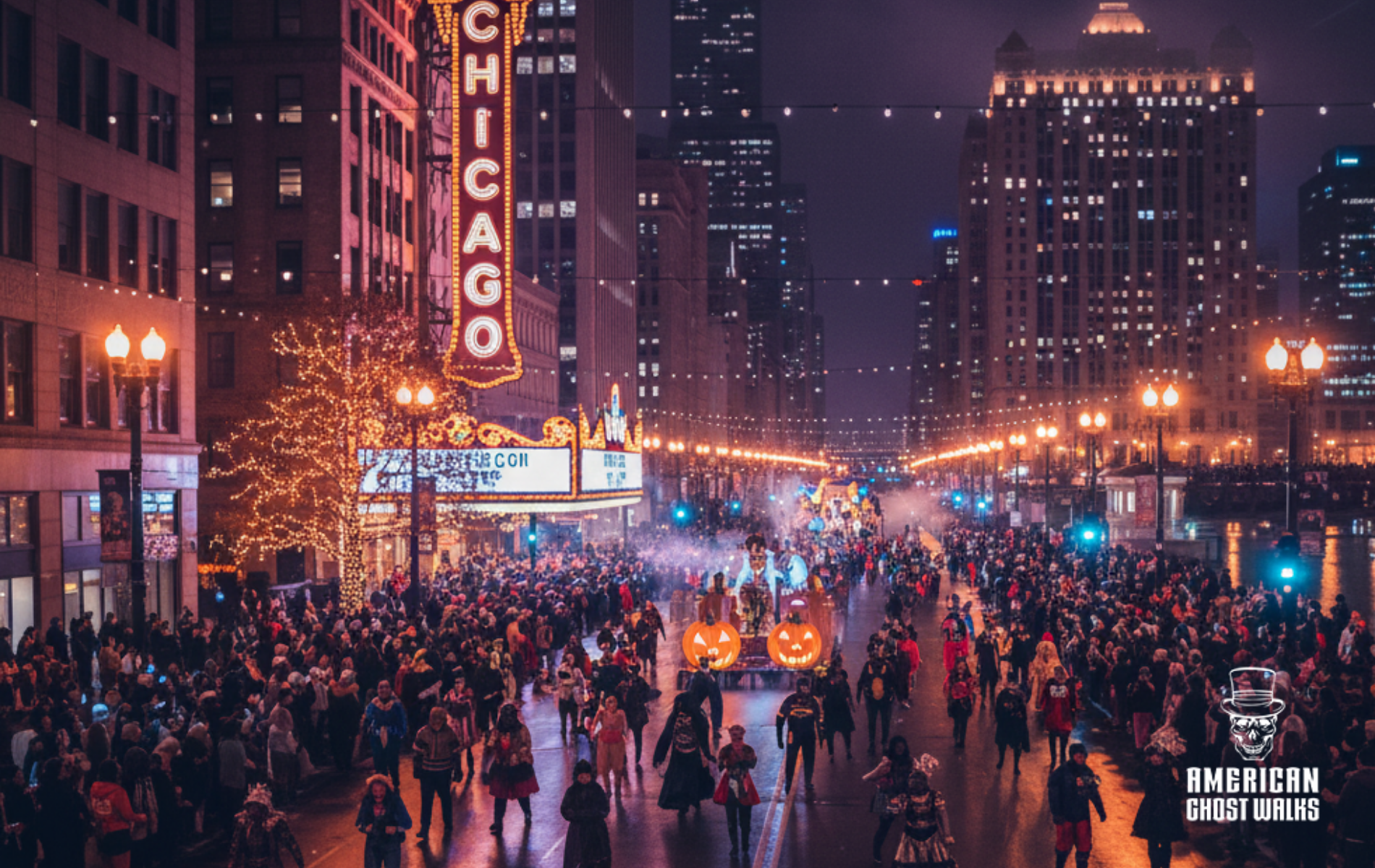The Rise of Paranormal Tourism: From Fringe to Fortune
How haunted hotels, ghost tours, and spooky storytelling became a multi-billion dollar global business
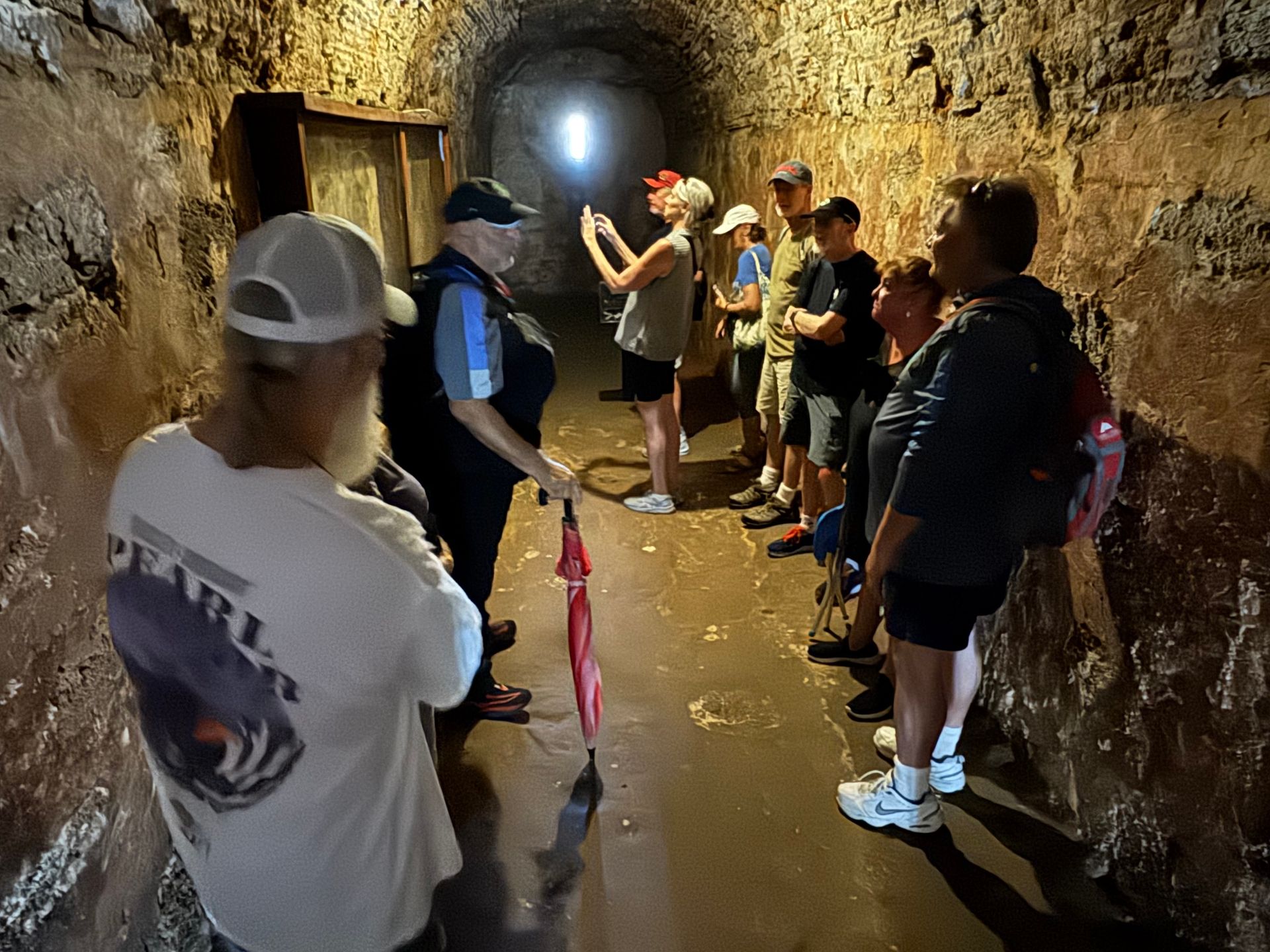
In the dim glow of lantern light, a group huddles outside a decaying Victorian mansion. A guide in period costume whispers tales of lost souls and lingering spirits, pointing to a flickering window on the second floor. Across the country, a tour bus pulls up beside a shadowy penitentiary where Al Capone once claimed to be haunted by a ghost. This isn’t just a seasonal thrill, it’s big business.
Paranormal tourism, once considered fringe entertainment for the eccentrically curious, has emerged as a thriving global industry. From haunted hotels to ghost-themed pub crawls, this niche sector is now part of the broader dark tourism market valued at $31.89 billion in 2023, projected to reach $40.82 billion by 2034. What was once a $100 million industry has evolved into something far more substantial.
From Belief to Business
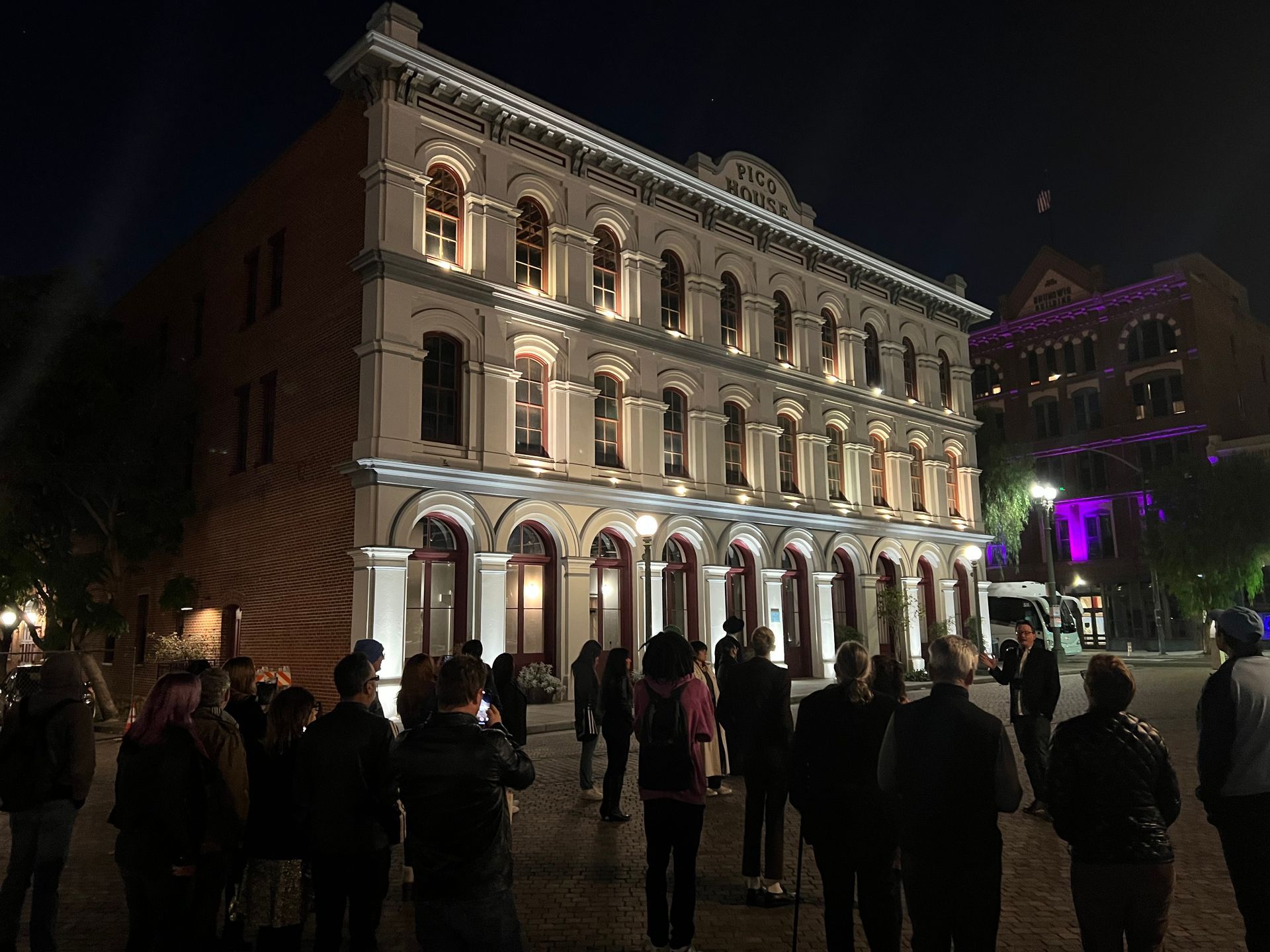
The foundation for this growth lies in Americans’ enduring fascination with the supernatural. Recent surveys show belief in ghosts remains remarkably high, though measurements vary by methodology. A 2024 RealClear Opinion Research survey found that 61.4% of Americans believe in ghosts, while a 2023 Ipsos poll reported 39% believe in ghosts. Perhaps most tellingly, a 2022 YouGov study revealed that 67% of Americans believe they’ve had at least one paranormal experience.
This widespread belief translates directly into tourism dollars. Individual markets demonstrate the sector’s earning potential—ghost tours and paranormal events now contribute up to 20% of local tourism revenues in haunted hotspots like Salem, Massachusetts, and Savannah, Georgia. Salem alone generates more than 20% of its yearly hotel stays during October.
Haunted tours, once relegated to Halloween, now operate year-round in cities across America. In Missouri, the Jefferson City Penitentiary brought in about $783,000 in 2022, with ghost tours accounting for over 60% of October sales.
“Ghost tours are no longer just entertainment, they’re a major form of economic activation, especially for historic or underutilized spaces,” noted researchers in the foundational Cornell Hospitality Quarterly study that first identified this trend in a 2020 article.
Why We Love the Scare
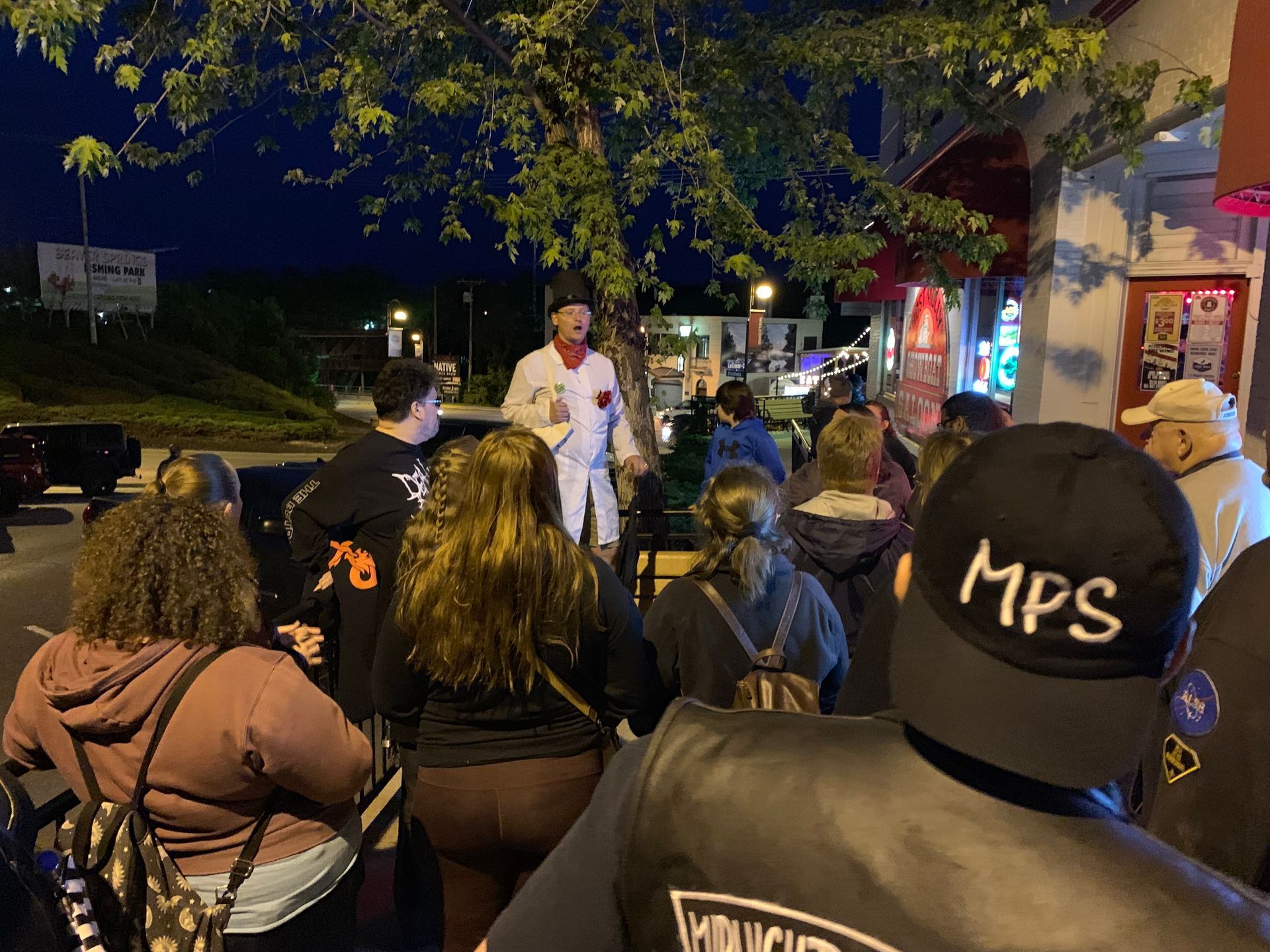
Part of the appeal lies in what researchers call the “enchantment economy”, an evolution of the experience economy that emphasizes immersive, emotional, and transformative experiences. Ghost tours provide a unique blend of history, myth, performance, and suspense, often customized to the local character and culture of a place.
Recent research from the Pew Research Center adds another dimension: 70% of U.S. adults describe themselves as spiritual in some way, with 38% saying they’ve had a strong feeling that someone who has passed away was communicating with them from beyond. This spiritual openness creates a receptive audience for paranormal tourism experiences.
Meanwhile, in the age of smartphones and social media, ghost tourism offers something even more valuable: shareable moments. The rise of “paranormal TikTok” demonstrates this perfectly: the hashtag #Paranormal has nearly 5 billion views while #HauntedTikTok has roughly 2 billion views. Guests eagerly post their “orb” photos, creepy recordings, or shadowy images to social media, spreading the stories, and the business, virally.
Haunted Spaces, Activated
The economic power of haunted tourism is perhaps best illustrated by sites like Eastern State Penitentiary in Philadelphia, which continues to rank among the world’s most haunted destinations. Once a decaying ruin, the former prison now hosts both historic tours and
Terror Behind the Walls, a massively popular Halloween attraction that helps fund preservation efforts year-round.
The competitive landscape for haunted destinations has intensified, with formal recognition systems emerging.
The 1886 Crescent Hotel & Spa in Arkansas was named the 2024 Best Haunted Hotel
by USA TODAY 10Best readers, leading a top-ten list that included:
- Fainting Goat Island Inn
- The Marshall House
- The Queen Mary
- Hotel Saranac
- Driskill Hotel
- Lemp Mansion Restaurant & Inn
- Hotel Monteleone
- The Stanley Hotel
A 2024 study by Vivint identified
Estes Park, Colorado; Gettysburg, Pennsylvania; and Stowe, Vermont as the spookiest cities in the U.S., while noting that searches for “ghost city near me” increased 86% in the past year.
But even small towns benefit significantly. The business model has proven scalable. Ghost tour operators report that over 60% of operators have seen a 20% increase in bookings by implementing comprehensive marketing approaches.
Technology Transforms The Experience
@americanghostwalk Famous #tombstones at #hollywood Forever #Cemetery #americanghostwalks ♬ Despair (sad, dark, background music, mistakes)(939730) - TrickSTAR MUSIC
Perhaps the most significant development since 2021 has been technology’s role in both promoting and enhancing paranormal tourism experiences. Social media has become the primary driver, with 78% of tour operators reporting that social media was their most effective marketing channel, driving over 60% of their bookings.
TikTok has emerged as a particularly powerful platform for paranormal content. The “spooky side of TikTok” features everything from ghost-hunting investigations to urban legend retellings, with major paranormal influencers like @cvnela attracting over 2 million followers. This content creates viral marketing that traditional advertising could never achieve.
Technology is also transforming the actual visitor experience. Ghost hunting apps that use smartphone sensors for EMF detection and spirit communication, have gained popularity. More dramatically, augmented reality experiences like the Rufford Ghost Walk represent the world’s first holographic ghost tour, using 5G technology and AR headsets to let visitors walk among digital ghosts in real historical locations.
Virtual reality has opened entirely new possibilities, allowing people to experience haunted attractions from home. These VR haunted houses use 360-degree sound and high-definition visuals to create immersive horror experiences without the physical limitations of traditional attractions.
Industry Scale and Growth
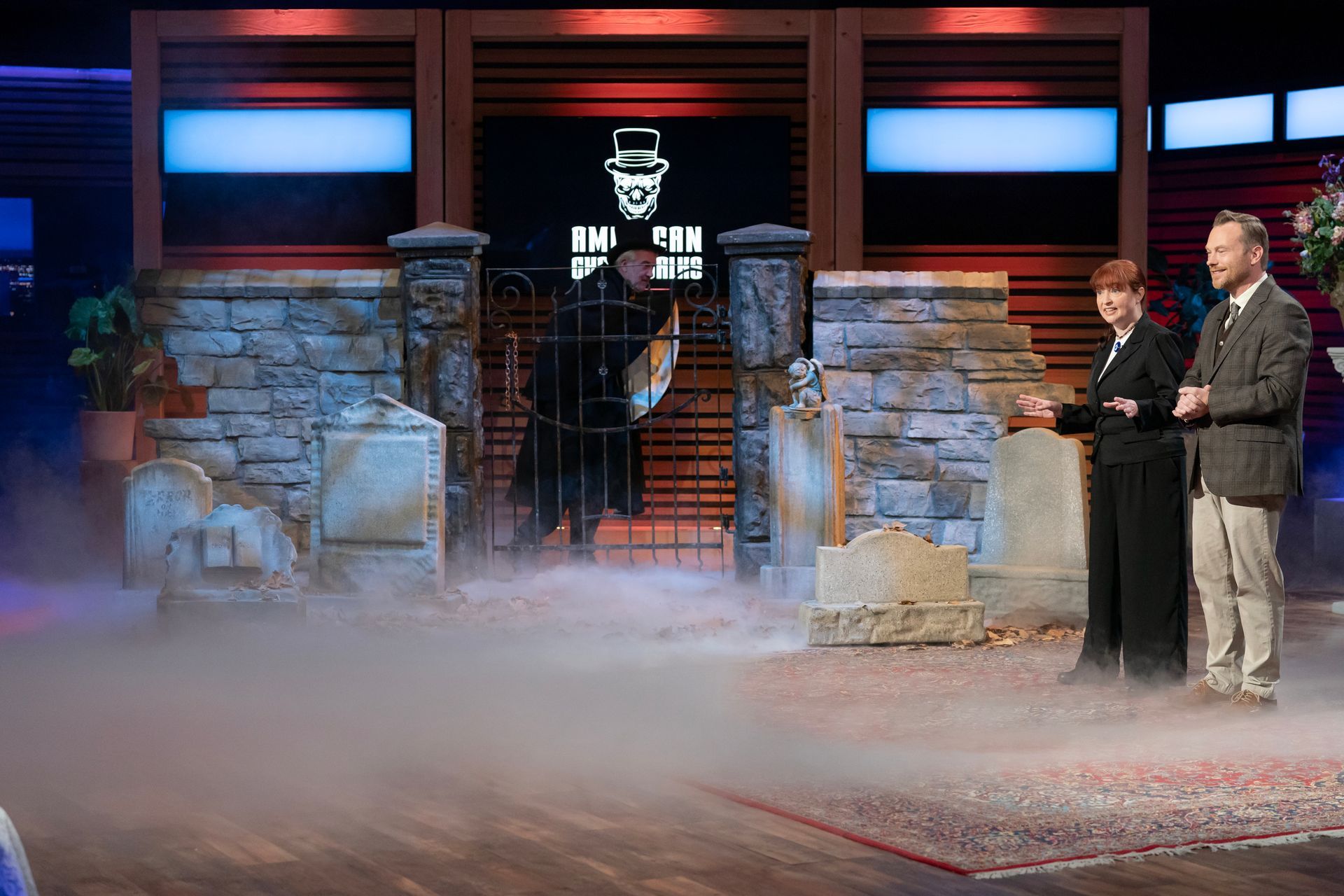
The numbers demonstrate paranormal tourism’s evolution from niche curiosity to significant economic sector. The broader haunted attractions industry alone is worth $500 million annually, with approximately 2,100 for-profit haunted attractions operating across the U.S. and that's double the number from the 1990s.
Halloween spending provides another lens into the market’s scale. Americans spent $11.6 billion on Halloween in 2024, with a significant portion going toward haunted attractions and spooky experiences. This represents sustained growth, with Halloween becoming the second-largest retail holiday after Christmas.
Individual success stories illustrate the sector’s potential. My sister and I were featured on Shark Tank in 2023 for their first Halloween episode because the were specifically looking for a ghost tour company.
Cross-Generational Appeal
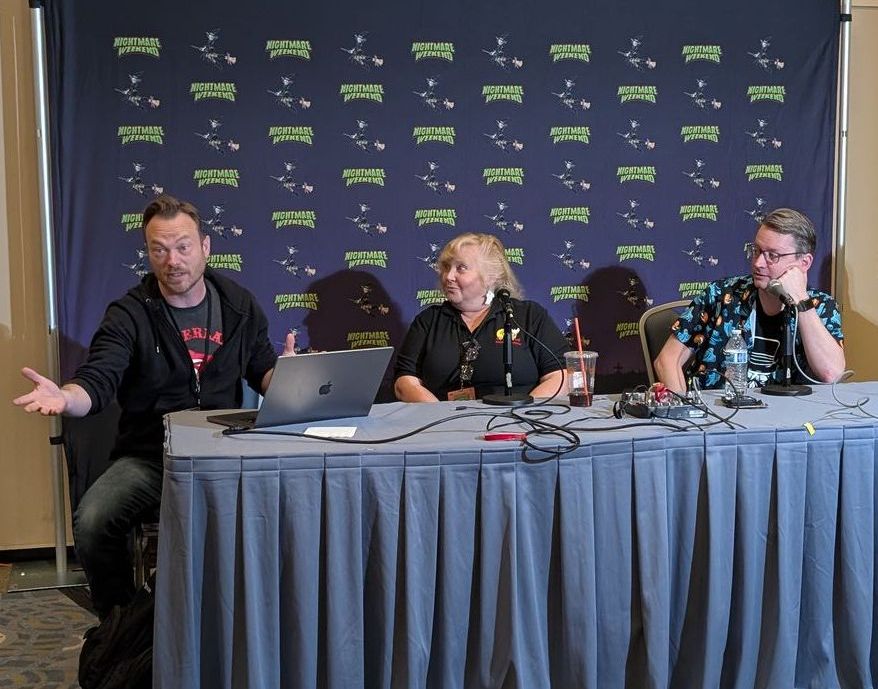
What makes paranormal tourism particularly resilient is its cross-generational appeal. The 2023 Pew Research study on spirituality found that spiritual experiences, including contact with deceased loved ones, span all age groups. Most American adults (53%) say they have felt a family member who is dead visited them, creating a broad base of potential customers.
Different generations approach paranormal tourism with varying motivations:
- Gen Z gravitates toward the spiritual aspects, often discovering paranormal content through TikTok and other social platforms
- Millennials seek Instagrammable experiences and shareable moments for social media
- Gen X and Boomers appreciate the historical and folklore elements, often viewing ghost tours as educational experiences
- Families find common ground in the entertainment value and shared thrill-seeking
Looking Forward
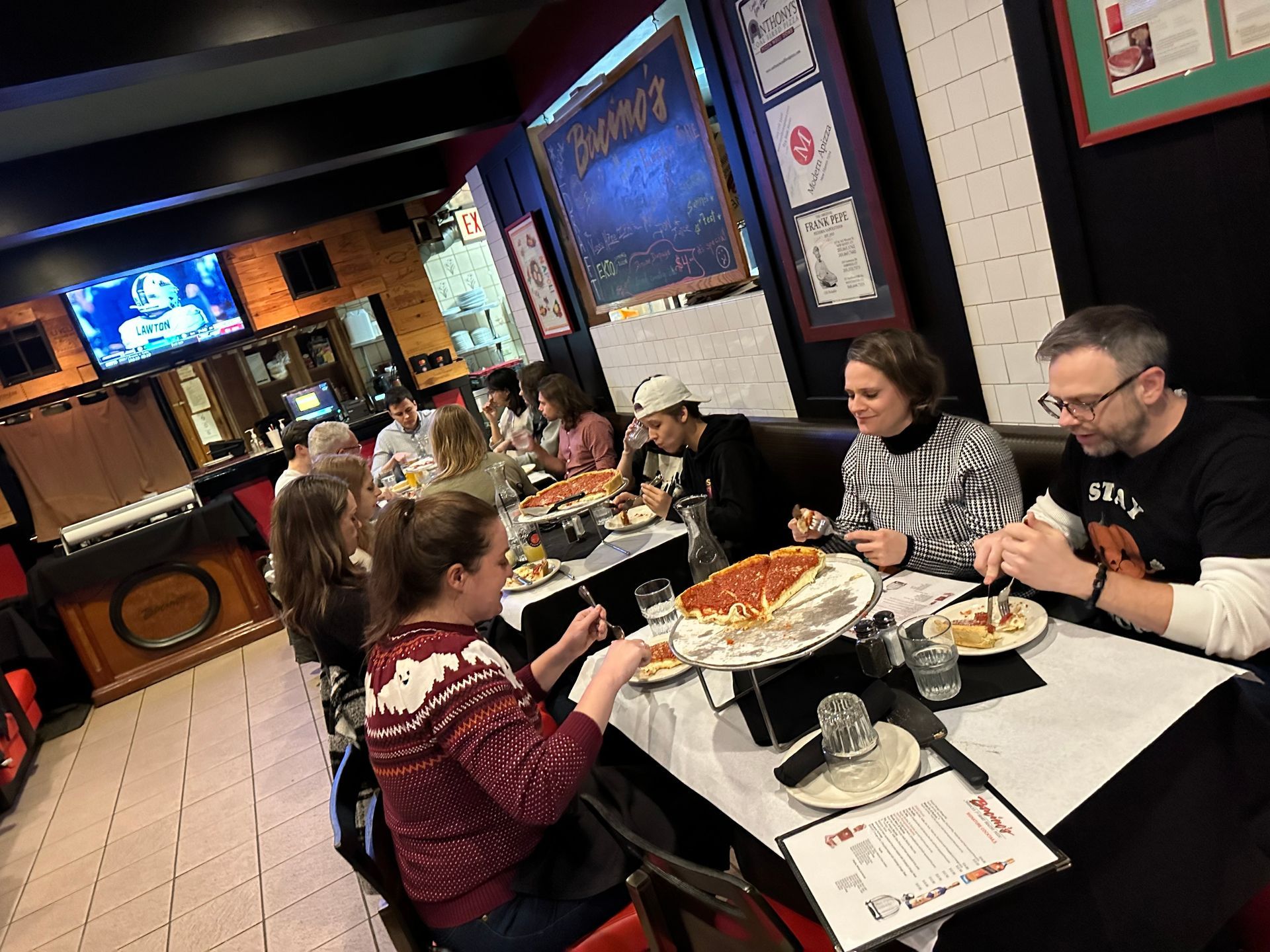
Whether you believe in ghosts or not, one thing is certain: the haunted tourism industry is more alive than ever. As recent market research suggests, this sector may represent a new phase of tourism, where consumers don’t just visit a place—they interact with its myths, emotions, and digital representations through cutting-edge technology.
And as tour companies find more ways to create fascinating experiences, like mixing food tours with ghost stories or joining forces with museums to tell the haunted tales of their artifacts, the sector is just going to keep growing with more and more opportunities to integrate haunted history into the tourism experience.
Ghost stories may start with a shiver, but what keeps us coming back is something deeper, a longing to feel connected across time. Paranormal tourism invites us to walk in the footsteps of those who came before, to hear their stories echo through the walls of forgotten buildings. As the Paranormal Tourism study in the Cornell Hospitality Quarterly observes, “Supernatural specters are merely one set of actors that work ‘everyday’ to voice this story.” Haunted spaces, then, aren’t just eerie... they’re alive with memory, identity, and a sense that we’re all part of a larger, ongoing tale.

